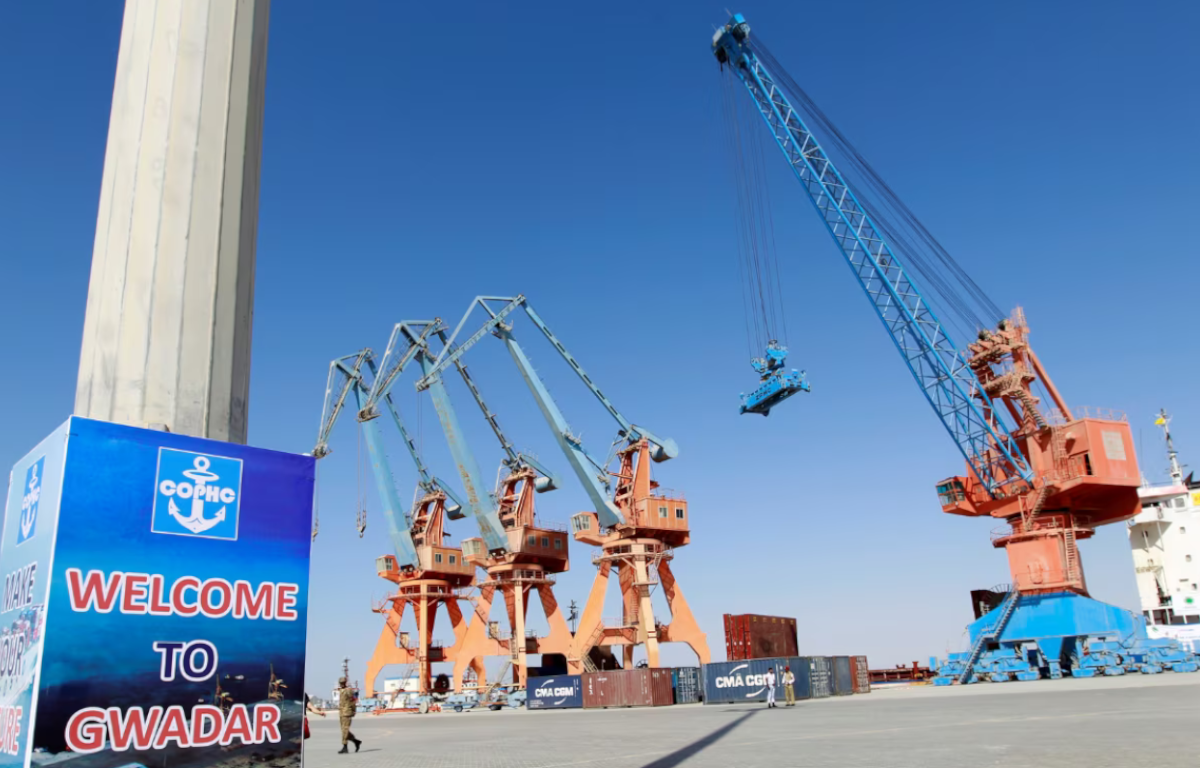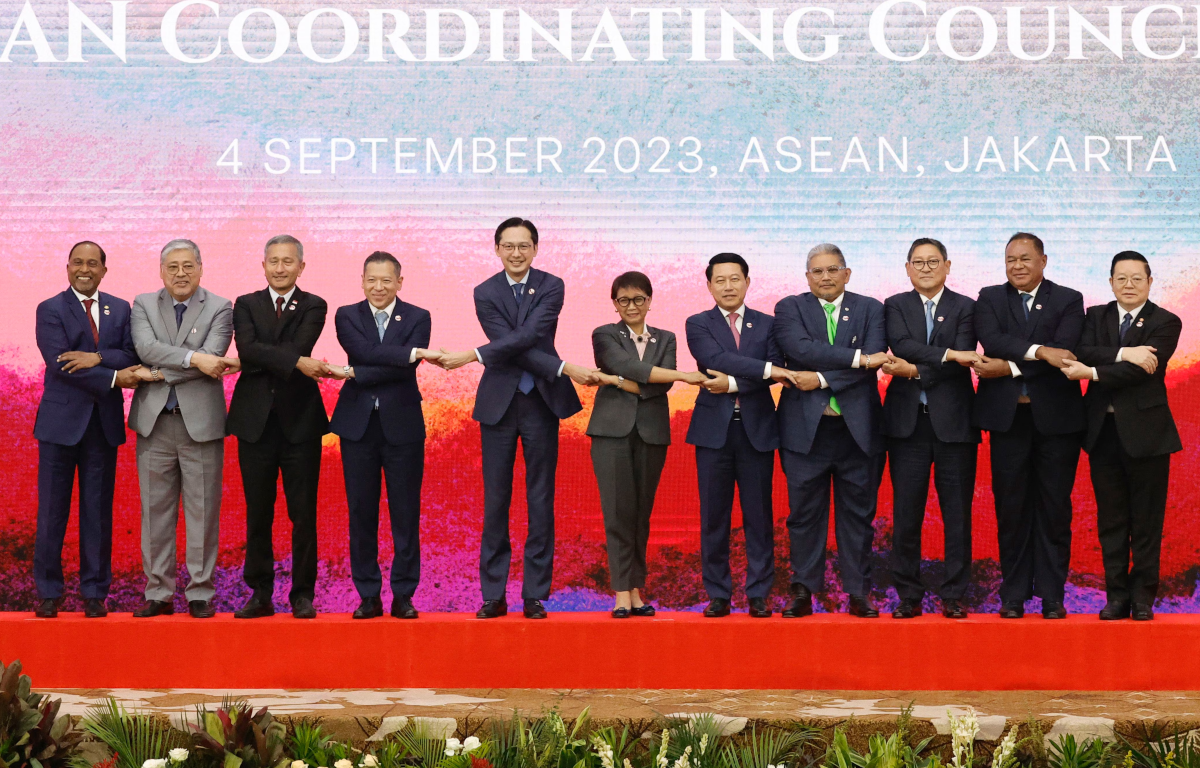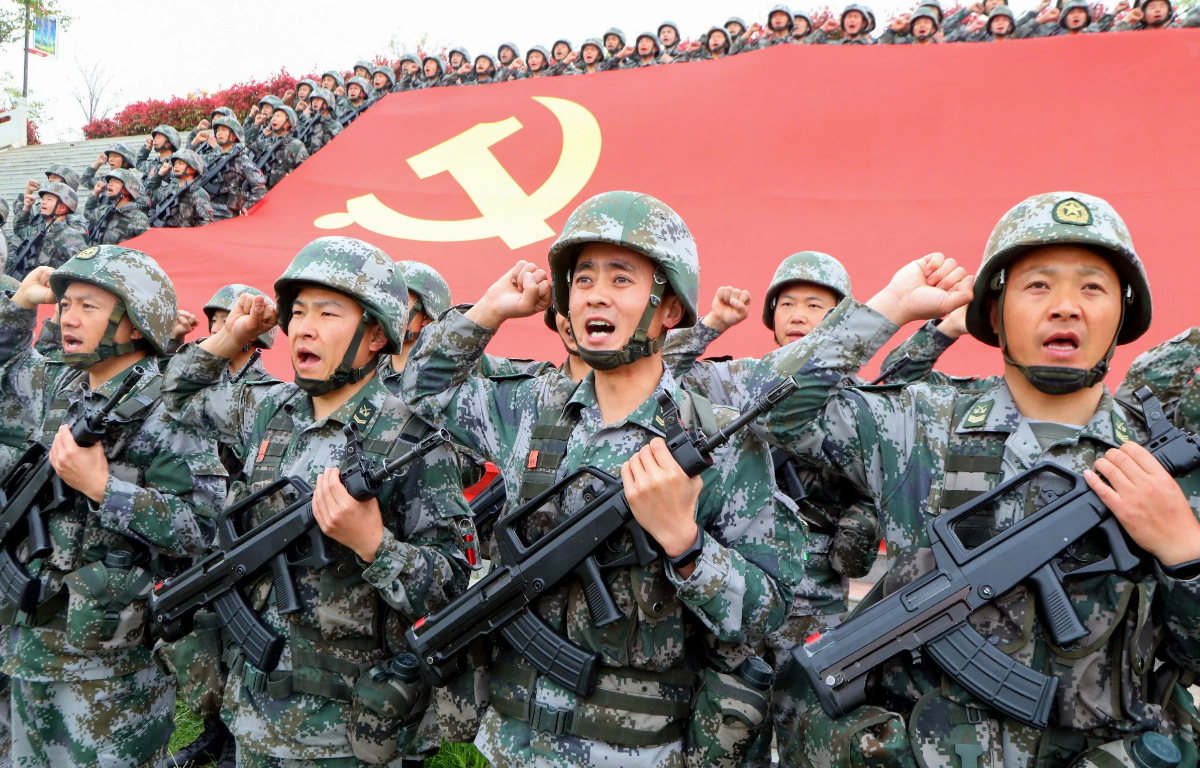
For several countries in South Asia, the BRI holds promise as a solution to infrastructural gaps and a catalyst for economic development. By partnering with China, these nations aim to leverage financial resources and technological expertise to advance their growth agendas. The creation of modern transport corridors, energy pipelines, and digital connectivity fosters hopes of increased regional trade and investment.
China’s significant financial investments have materialized in high-profile projects throughout South Asia. These initiatives include the China-Pakistan Economic Corridor (CPEC), the Hambantota Port in Sri Lanka, and the Gwadar Port in Pakistan. While these projects offer potential economic benefits, they have also sparked concerns and tension over issues of sovereignty, debt sustainability, and transparency in project contracts.
India and Bhutan remain wary of China’s involvement in the BRI due to alleged predatory tactics. Both countries have expressed concerns about unsustainable debt burdens and potential political influence arising from their engagement in BRI projects. Such apprehensions have led them to distance themselves from specific initiatives, creating complexities in their bilateral relations with China.
South Asian nations face the challenge of striking a balance between pursuing their national interests and fostering regional cooperation within the BRI framework. While the initiative offers opportunities for development and growth, concerns over debt sustainability and political influence compel countries to exercise caution in their dealings with China. Finding the right equilibrium is essential to ensure that South Asia benefits from the BRI while safeguarding its sovereignty and long-term interests.
To maximize the benefits of the BRI, South Asian countries must explore collaboration and synergy with existing regional integration initiatives, such as the South Asian Association for Regional Cooperation (SAARC). By aligning these efforts, the region can enhance connectivity and promote economic integration in a more inclusive and sustainable manner.
As the Belt and Road Initiative celebrates its tenth anniversary, it continues to generate enthusiasm and concern in South Asia. While several countries embrace the initiative’s potential for growth and infrastructure development, India and Bhutan remain cautious about China’s alleged predatory tactics. As the BRI evolves, fostering transparent and inclusive dialogue among stakeholders becomes imperative. Striking a balance between leveraging the BRI’s potential and safeguarding national interests will be crucial for South Asia to chart a path towards sustainable and equitable development in the years to come.










Share this: